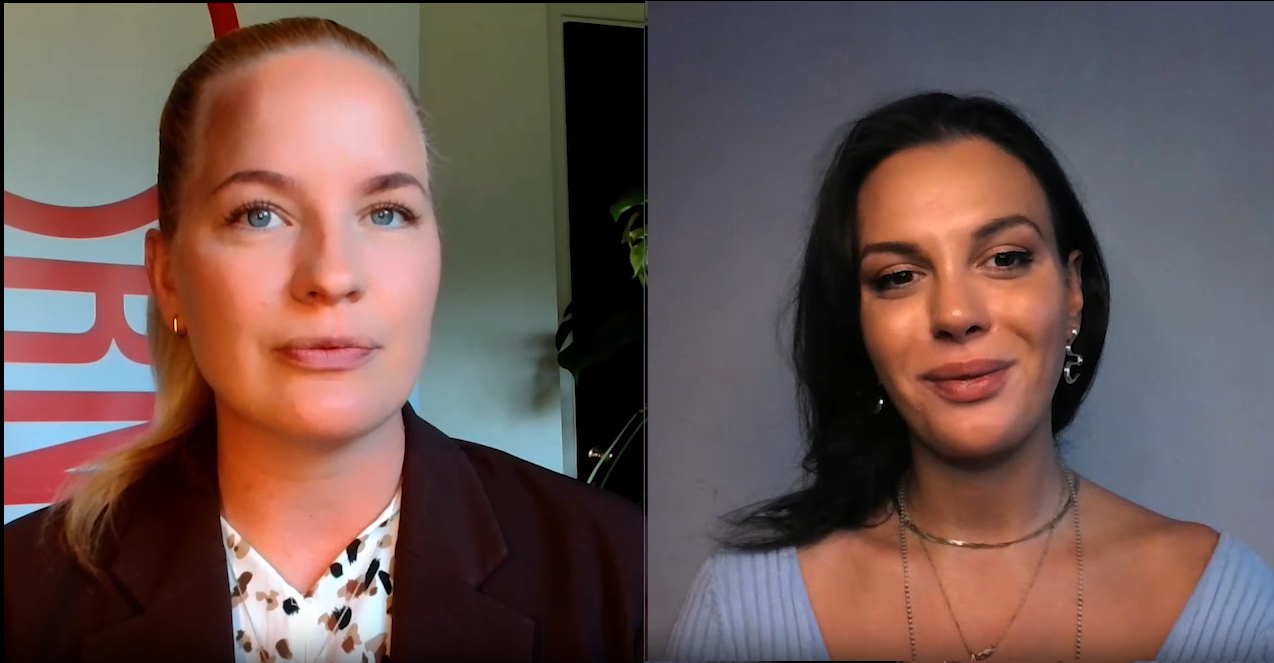Emma Wall: Hello, and welcome to the Morningstar Series Ask the Expert. I'm Emma Wall and here with me today to discuss absolute return funds is Oliver Kettlewell. Hello, Oli.
Oliver Kettlewell: Hello, Emma.
Wall: So over the last couple of years, investors who've been lucky enough to have exposure to equities have seen significant rallies and perhaps now looking forward, although the view is still positive, we can't expect those exponential returns and perhaps we need to be looking at our capital preservation instead. Cash and bonds aren't offering that. So, are absolute return funds the answer?
Kettlewell: I think absolute return funds can be the answer during a market environment such as this, when perhaps the upside for traditional assets classes such as equity and bonds is quite limited. You mentioned bonds there, especially. There was the yields on bonds were at record lows. Most investment houses are predicting that yields will rise this year, which means that the total returns will actually fall because that the yield and the return is inverse.
At the same time, equity markets have had fantastic returns over the last two years. So, again, the investors are getting a bit skittish about the potential upside continuing for equities. So in that sense, absolute return funds offer a downside protection. They mitigate risks. That act as a good diversifier in an investor's portfolio. So that’s why a lot of investors are turning to absolute return funds.
Wall: I think investors who have watched the market closely over the last five year may here absolute return funds and think, I don’t want to touch them, because a raft of funds were launched in 2009, and quite a few of them failed deliver what investors were expecting from them.
Kettlewell: Yeah, exactly. A lot of probably ill-thought out absolute return funds were launched in 2009 just after the bear market crash in 2008 and early '09. And a lot of investors were disappointed with the returns of absolute return funds when the equity market consequently rallied.
Here at Morningstar, we take a long-term approach when we're deciding to write an absolute return fund. So we've taken sometimes many years to get our head around the strategy in an absolute return fund because a lot of them do have short track records.
Most of the absolute return funds that we rate are what we term equity absolute return funds. They're going long/short on equities and the stock market. And we rate very few bond fund absolute return funds, because the history of bond absolute return funds is much shorter and the bond fund managers have not had to deal with the same volatility in the market, the equity long/short managers have. So we tend to write less bond absolute return funds. So, yeah, I think you're right, it's very important for an investor to be careful about the fund that they're getting involved if given the history of absolute return funds.
Wall: You mentioned there the diversity within the absolute return fund sector. I think investors in the past have perhaps grouped them together, but there are different strategies employed aren’t there – they're as different to say any other equity fund?
Kettlewell: Exactly, and again, investor should be clear about what they're getting themselves involved if with an absolute return fund they do have slightly different strategies and perhaps I can give you two extremes.
One the one hand, you've got a fund that we write called GLG European Alpha Alternative. It's Bronze rated. It’s very short-term in nature. The fund managers are trying to generate an absolute return over a six-month period by going long/short in equities, and after six months, it's just reset again and they are trying to generate another absolute return over six months. They’ve got a good track record of doing it.
On the other end of the scale, you’ve got a fund such as Newton Real Return, also Bronze rated, much more long-term and thematic in nature. In fact, it's not even in the targeted absolute return sector. It's known as a flexible allocation fund, and invested in equities and bonds and cash and all sorts.
Again, this fund has had a very good record of generating absolute returns over each calendar year since it's been launched. Having said that, it's much more long-term in nature and therefore you might get periods of many months in a row where the fund is under water, but over the long-term it has got a good profile.
Wall: So as with any type of investing, investors should take care then to read the analyst report, make sure they know what the fund manager is aiming for before they make an investment decision.
Kettlewell: Exactly, yeah. I think it's very important. Yes.
Wall: Oli, thank you very much.
Kettlewell: Thank you.
Wall: This is Emma Wall for Morningstar. Thank you for watching.




























